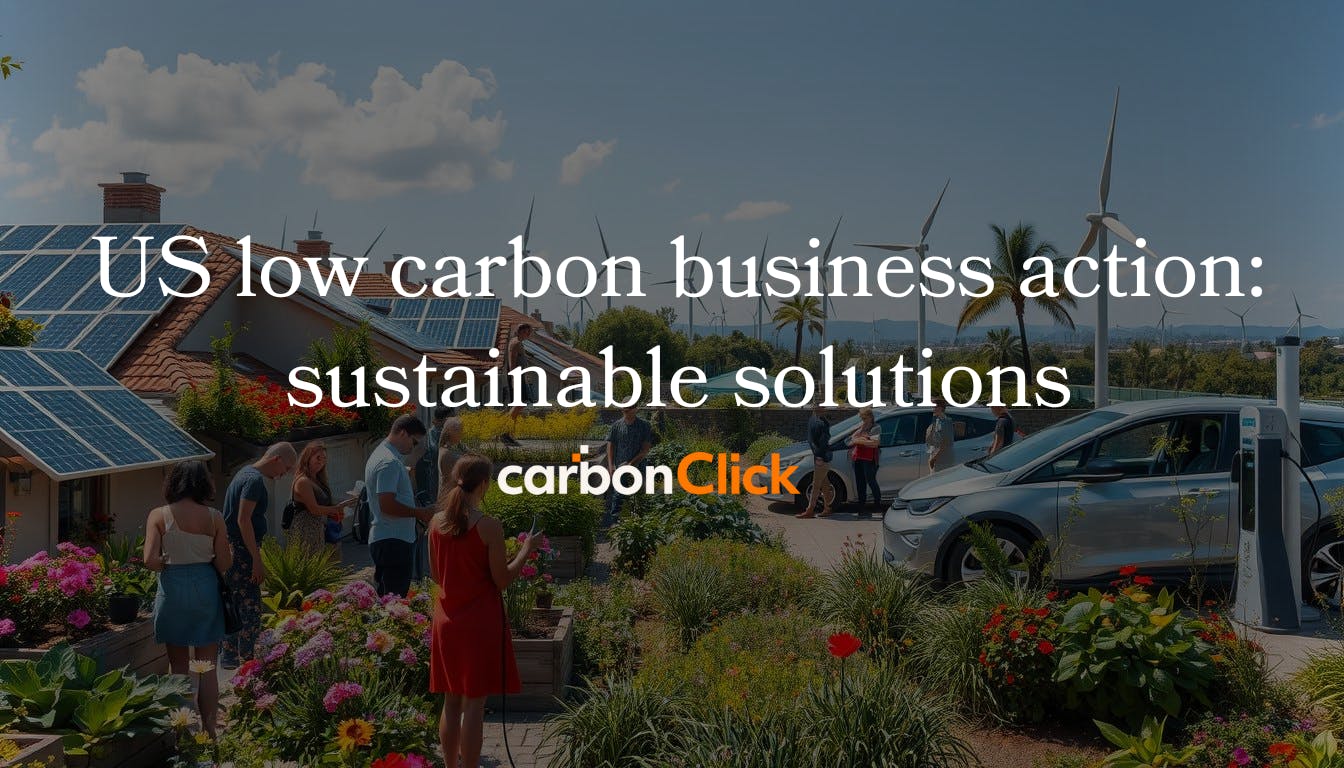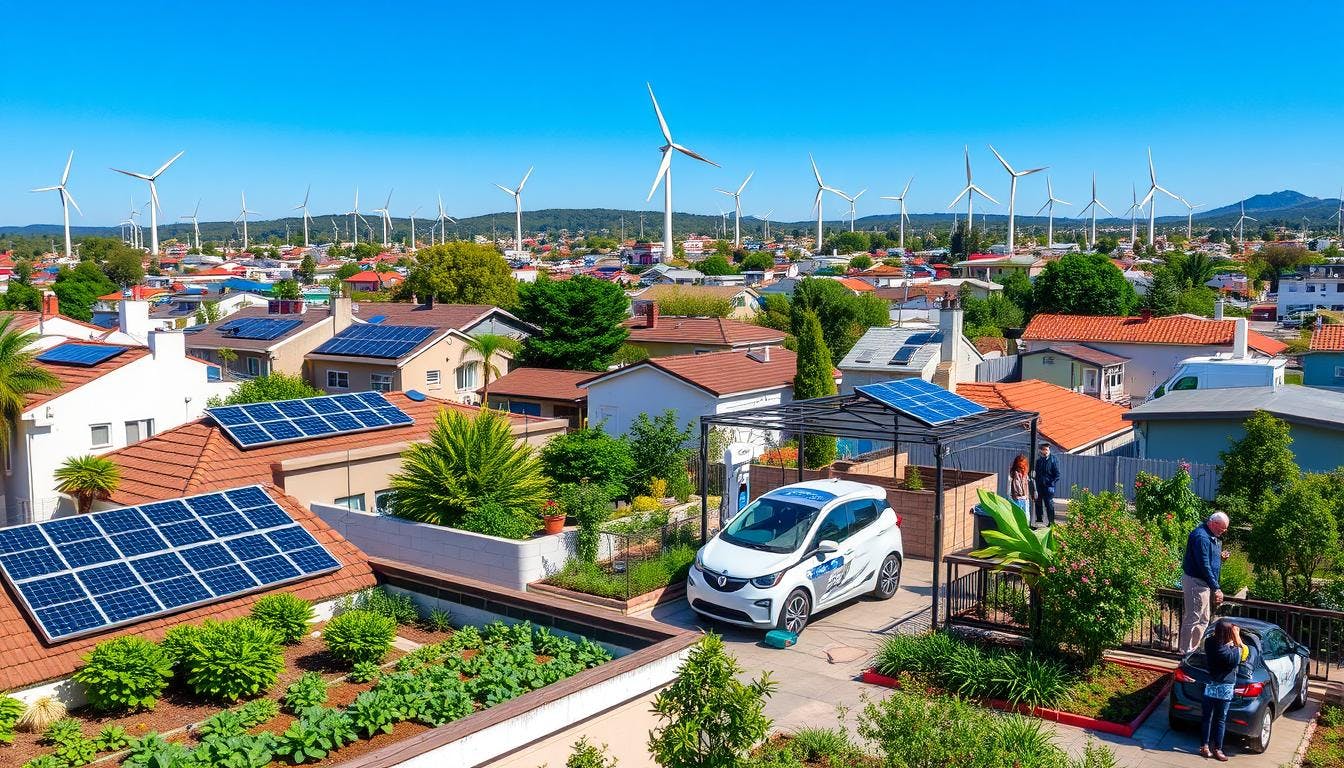In the US, businesses are increasingly recognising the importance of reducing their environmental impact. Many are prioritising efforts to lower their carbon emissions, driven by a combination of federal initiatives and market demand. This transition towards low-carbon strategies is vital for addressing global warming and enhancing operational efficiency.
By implementing sustainable practices, companies can achieve lasting growth and resilience. This article will delve into the landscape of low-carbon initiatives in the US, exploring the benefits, challenges, and effective strategies for organisations embarking on this path.












